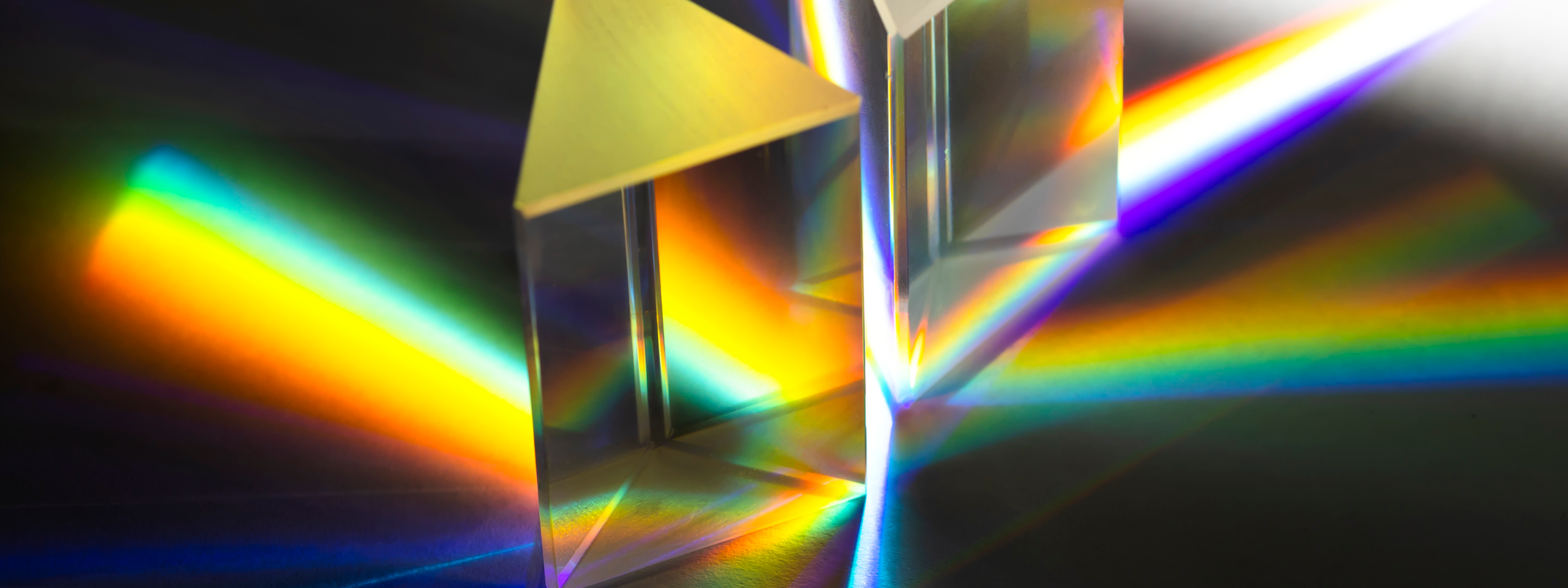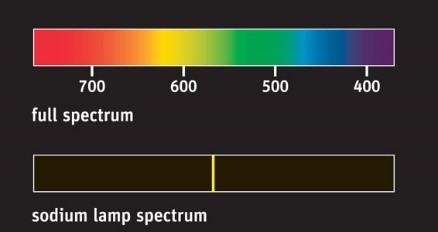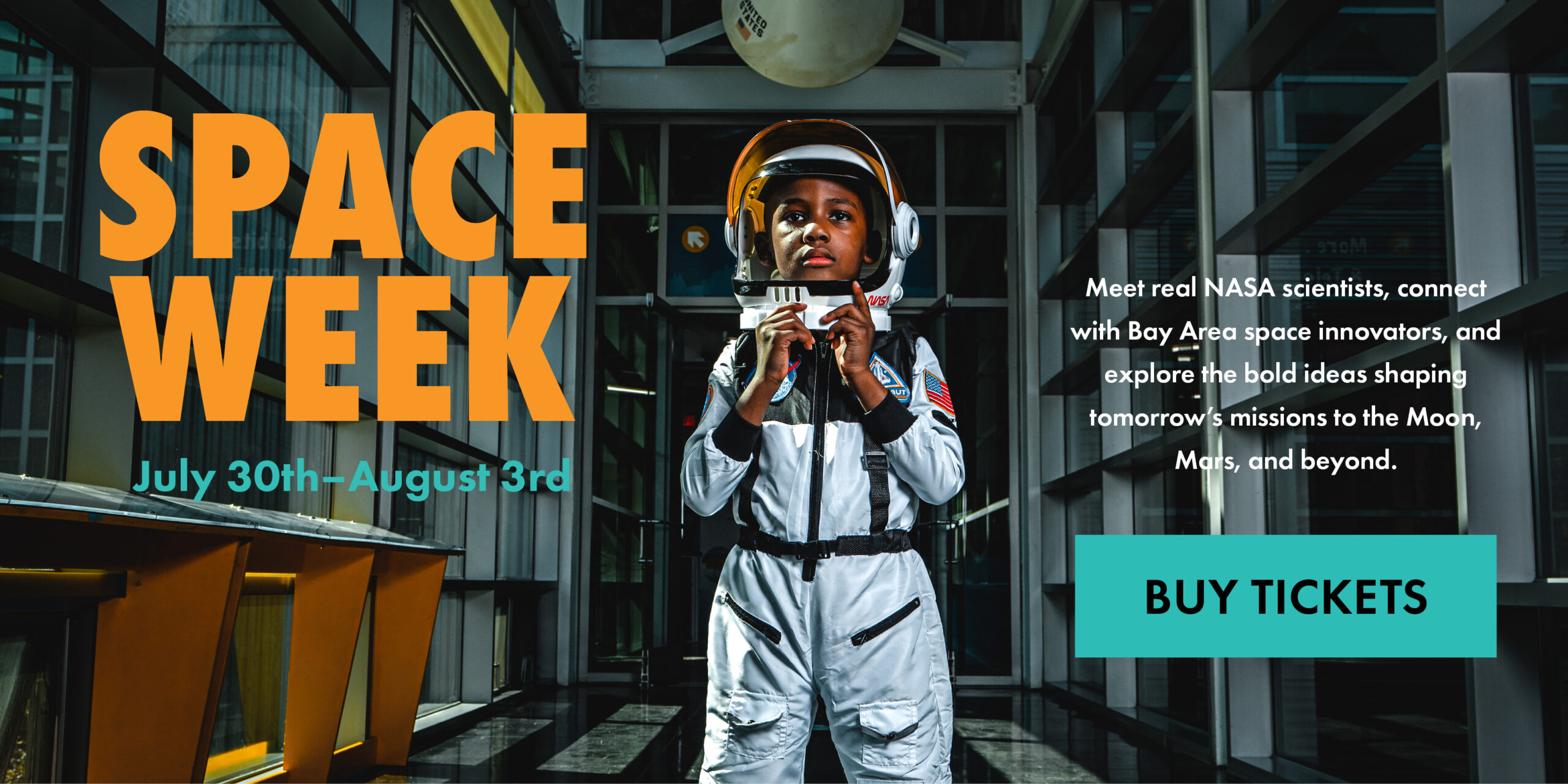
- This event has passed.
First Friday: The Science of Color


With members of Chabot’s Education team
6:30pm, Theater
Light is all around us, even when it is unseen! In this lab, the nature of light is uncovered to further understanding of what light is, where it comes from, and how the electromagnetic spectrum can reveal the invisible universe through a series of illuminating demonstrations.
Making Color
With Ron Hipschman
7:30pm, Theater
Explore some of the many ways to make color—from neon signs to oil slicks to rainbows and more. Learn all about light, how it is made and interacts. You’ll see color in a whole new light!
For over 50 years Exploratorium Senior Scientist Emeritus (and Loose Cannon) Ron Hipschman has worked as an exhibit developer, author, educator, public programs presenter and webcast host.
Live Zeiss Astronomy presentation
With members of the East Bay Astronomical Society
7:30pm, Planetarium
Explore the cosmos as a Chabot Astronomer leads you through the galaxy using a Zeiss Universarium Mark VIII Star Projector.
Space in Your Face! – Using Light to spy on Alien Worlds
With Julia DeMarines
8:00pm, Studio 3
How can color be used to find exoplanets, or even life on other worlds? Join Julia DeMarines, as we explore the ways astronomers use light to find, and creep on alien worlds.
Julia DeMarines is Space in Your Face and a PhD student, Astrobiologist, science communicator working with the UC Berkeley SETI Research Center & Blue Marble Space.
What is Glowing in My Cave???
With NASA’s Dr. Penelope Boston in a virtual talk
8:30pm, Theater
Caves are dark until we light them up with our headlamps and flashlights. But even in such a naturally dark environment, minerals can glow with brilliant colors, microbial colonies growing on rocks can sometimes only be found using ultraviolet light. Even some mushrooms light up all by themselves! Come into this dark realm to see the beautiful gems of light to be found in caves.
Dr. Penelope Boston is currently Portfolio Scientist for New Business and Employee Development at NASA Ames Research Center, in Silicon Valley, helping to develop research and missions’ concepts. Boston is author of 250+ technical and popular publications, editor of 4 volumes, and her work has been featured in ~300+ print and broadcast media outlets. Formerly, Boston served as Director of the NASA Astrobiology Institute (NAI, 2016-2019).
A Chitinous Kaleidoscope
With Ralph Washington, Jr.
6:00pm – 10:00pm; talk at 9:00pm, Studio 3
Arthropods exhibit a wonderful variety of hues and patterns, and they use color to help them find prey and deter predators; attract and convince mates; and even withstand the elements. Come learn about the interesting principles that influence the lives of bright-winged butterflies, iridescent beetles, and many other colorful arthropods.
Ralph Washington, Jr. is an entomologist who specializes in the connection between the respective experiences of humans and insects.
Activities, Demonstrations and Installations
Catstronauts
AI artwork designed by Scott Kildall
6:00pm – 9:00pm, Studio 1
Catsronauts are playful and cute, playing with the use of “low culture” cat memes on the internet alongside the science of space travel.
Created by an AI engine with detail work by Scott Kildall, this work postulates a new hybrid creativity between artists and AI that simply wasn’t possible just a year ago.
Scott Kildall is a new media artist who looks at the interplay between territory and technology.
Spectra Cart
With Galaxy Explorers
6:00pm – 9:00pm, Studio 2
What are rainbows? How do astronomers identify distant gases in stars, nebulae, and exoplanet atmospheres? The answer to both these questions is spectra! Look at different light sources with a special tool to split their light into different colors. You may find that not all rainbows are the same.
Uncovering Color
With Galaxy Explorers
6:00pm – 9:00pm, Studio 2
Enter a space where a special light bulb removes colors from images and your surroundings.
What’s going on?
This light source, called a Low-Pressure Sodium vapor lamp emits visible electromagnetic radiation in a very narrow band of the spectrum, about 589nm (1 nanometer is equal to one billionth of a meter).
The visible electromagnetic radiation spectrum comprising colors ranges from about 400nm to about 700nm, from the shorter red wavelengths to the longer Violet wavelengths.

This limited access to reflected color causes your eyes to perceive things more in a shaded greyscale, or like seeing in black and white, with the effect gradually increasing as your eyes adjust.
Shine a white light onto these images to reveal their true, more colorful appearance.
Colorful Spin Art
With Galaxy Explorers
6:00pm – 9:00pm, Lab 1
In this activity, you will learn about how gigantic clouds of gas and dust in space, called nebulas, are formed. They’ll create their own colorful model nebula using paint and a spinner. Because of the unique quantities and locations of the materials and the forces that spread them out, each model nebula will be unique—just like each real nebula!
Constellation Tubes
With Galaxy Explorers
6:00pm – 9:00pm, Mezzanine
Constellations are made up of stars which at a very far distance just look like points of light.
Create a constellation in a tube by forming points of light in a card and attaching it to a viewing tube.
Colored Shadows
With Galaxy Explorers
6:00pm – 8:00pm, Studio 2
Experiment with the perceptions of light, color and shadows that are anything but black. Learn how our eyes perceive the colors of red, green, and blue as white together and how you can separate the mixture by creating isolating shadows of color with your body or fun objects.
Telescope Makers Workshop
With East Bay Astronomical Society
7:30pm – 10:00pm, Lab 2
Open to all ages, the Telescope Makers’ Workshop is an all-volunteer group committed to helping people build their own telescopes. Drop in to see what they are up to.
The Eastbay Astronomical Society serves Bay Area residents and astronomy enthusiasts with events, classes, and Oakland’s premier views of the universe.





